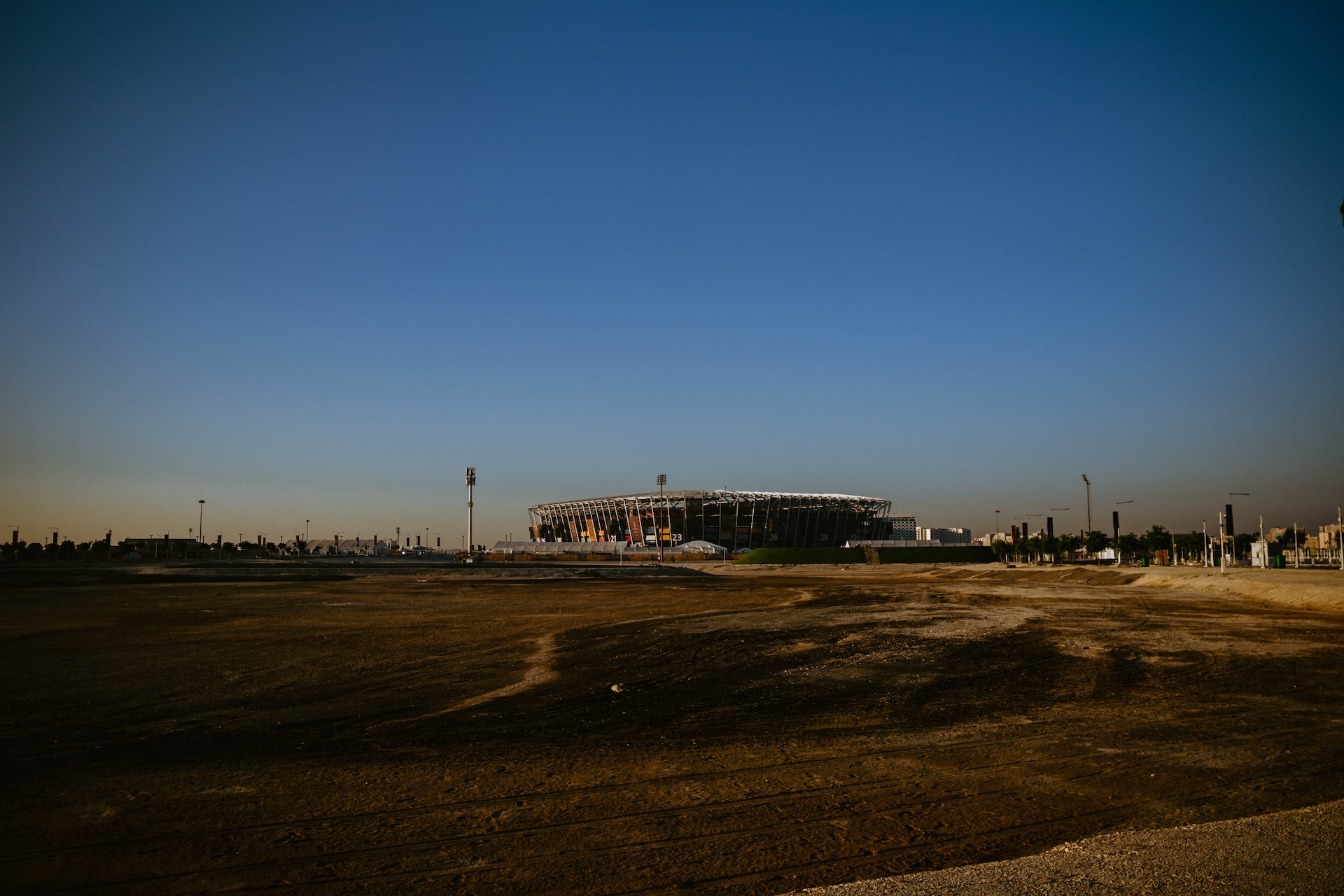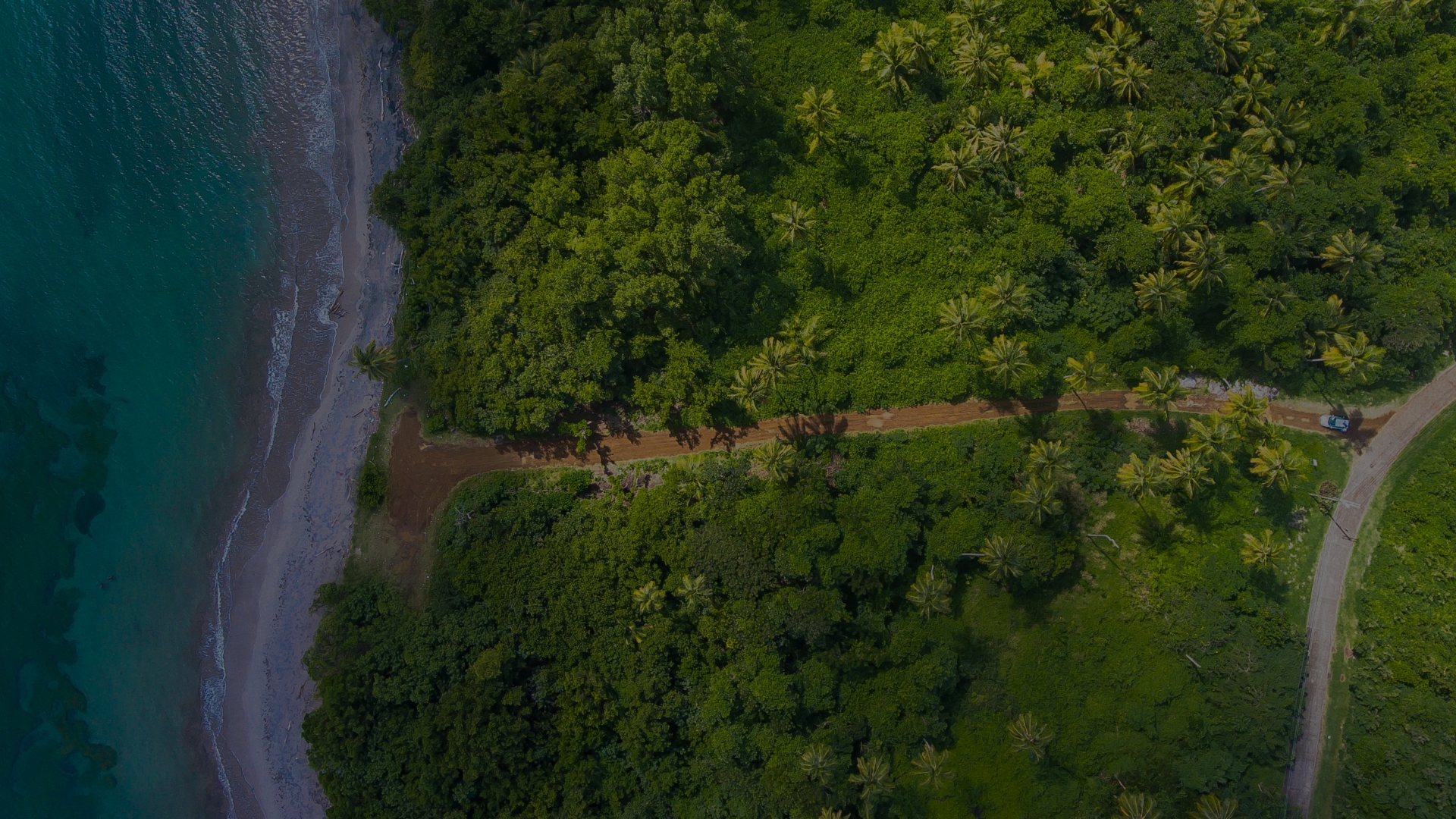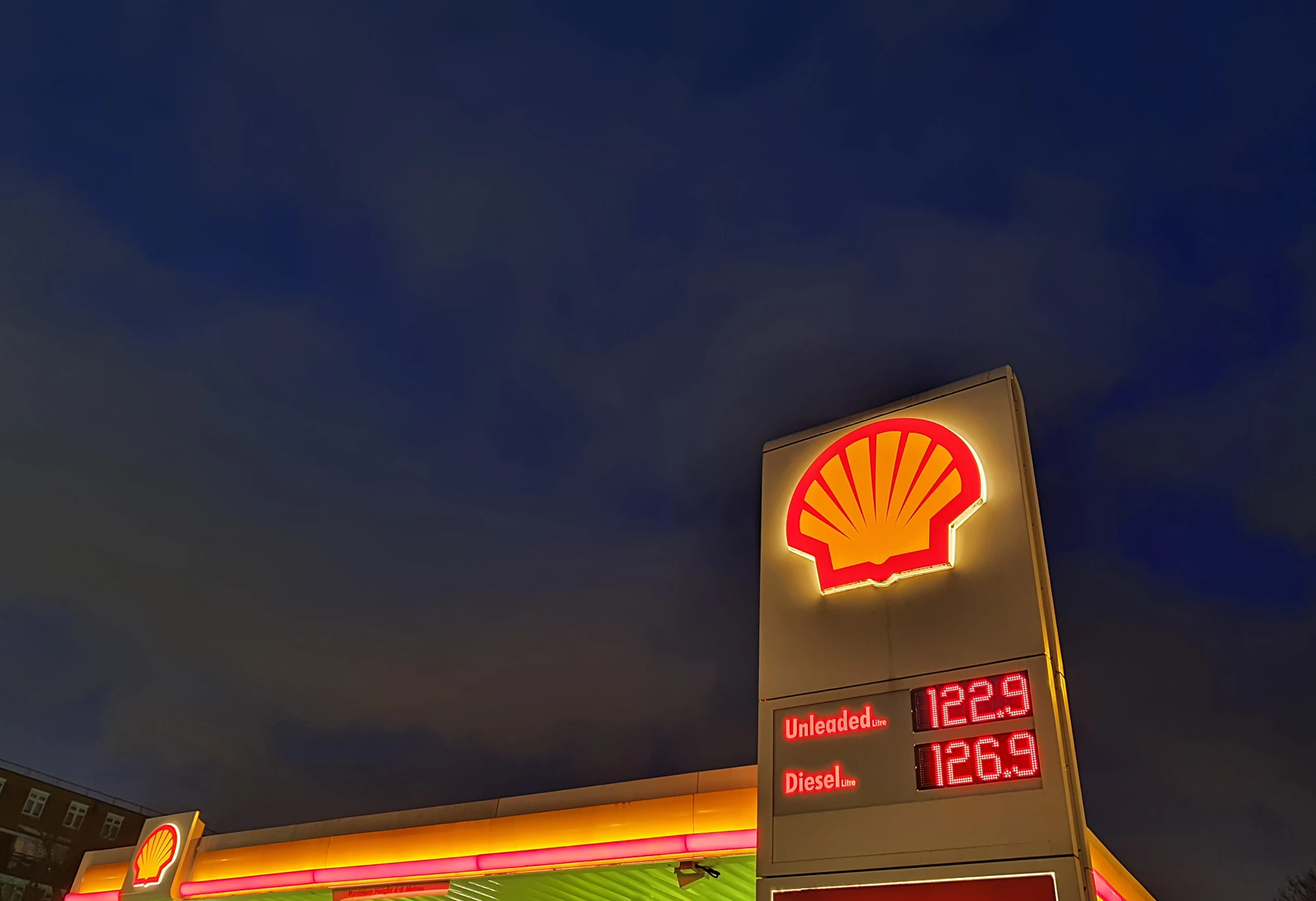SourceMaterial analysis finds problems with the competition’s claims
This year’s World Cup in Qatar is using outdated and uncertain carbon offsets to claim the event will be carbon neutral, SourceMaterial can reveal.
Organisers plan to support renewable energy projects, mostly in India and Turkey, in order to offset emissions produced by food and drink, accommodation and fans travelling around the country—a strategy that experts say will have almost no effect.
Major carbon credit issuers like Verra and Gold Standard refuse to support renewable energy projects and consider them unsuitable for carbon offsetting. Both stopped issuing offsets for new renewable energy projects in 2019, saying they were now profitable enough to run without them.
In the past, renewable projects like wind farms or hydropower plants could gain carbon credits on the assumption that they were replacing energy that would otherwise have been generated by burning fossil fuels. Handing credits to projects that can make money without them adds nothing to efforts to tackle climate change, said Steve Zwick, a spokesperson for Verra.
“Times have changed,” he told SourceMaterial. “They don’t meet additionality requirements.”
The World Cup organisers have also underestimated the emissions the event will produce, according to an analysis by Carbon Market Watch, shared with SourceMaterial.
One of the issues it identified is that the competition has assumed that the stadiums being built will continue to be used after the World Cup. Carbon Market Watch pointed out that is uncertain, given there are so many of them in such a small geographical area.
Fifa, football’s governing body, has said it will buy 1.8 million tonnes of offsets to cancel out emissions from the November World Cup.
In 2019, Fifa and the event’s organising committee in Qatar helped to set up a carbon offsetting registry specifically for the tournament called the Global Carbon Council (GCC).
Over 200 projects have applied for registration with GCC and are awaiting approval. All are renewable energy projects, mostly in Turkey, India and China.
At time of writing, the GCC had only approved two projects, a hydro power plant and a wind farm, both in Turkey. These claim to offset 77,000 tonnes of carbon between them, well short of the 1.8 million mark Fifa aims to reach by the time the competition starts in November.
Both approved projects rely on methodology produced by the United Nations Clean Development Mechanism, a scheme written into the Kyoto Protocol in 1997, one of the earliest carbon offsetting mechanisms. In 2020, its executive board decided it was outdated and ordered it to stop registering new projects.
Gone with the wind
In November last year, Alibey, a wind turbine project in western Turkey near the Greek island of Lesbos, became the first project to issue credits under GCC, saying it would offset 133,667 tonnes of World Cup emissions.
But documents and Google Earth images show that it has been operating since 2018, two years before first asking for carbon credits, suggesting that offsetting income was not necessary to justify the investment.
“Clearly, someone wanted to invest in it and they did,” said Doreen Stabinsky, professor in global environmental politics at College of the Atlantic. “Now they’re coming and they’re asking for offset credits on top of it.”
Carbon credits for renewable energy projects can be justified in exceptional cases, such as when they help kick-start the industry in a developing country with a limited market, says Zwick of Verra. That’s what Alibey’s developers claimed in project documents, saying wind projects of its type are not ‘common practice’ in Turkey.
The numbers suggest otherwise. In 2021, Turkey ranked fourth in Europe for wind power with a capacity of 1.4 gigawatts. On one day in November last year, wind energy was the country’s largest source of electricity.
Alibey said in its documentation that comparable projects in Turkey were also supported by carbon credits.
‘No real actions’
But according to Gold Standard, the registry where the projects were submitted, three of the six projects Alibey cited have never issued credits, despite having registered with the body between six and nine years ago. Sarah Leugers, Gold Standard’s chief strategy officer, told SourceMaterial that two of them haven’t even been certified by Gold Standard.
One of them, Kapidag, had its application to move forward to registration rejected last year. Gold Standard said the developers had taken “no real actions” to secure carbon finance and has confirmed to SourceMaterial that the project has been withdrawn.
Responding to questions from SourceMaterial, Kemal Demirkol, managing director of GTE, which produced Alibey’s carbon credit documentation, said that the project’s approach had been “conservative” and that it conformed with GCC guidelines.
The Alibey developers had taken carbon revenues into consideration from the outset and applied to GCC at the first available opportunity, he said, adding that the analysis of comparable projects had been externally verified.
“Clearly, someone wanted to invest in it and they did. Now they’re coming and they’re asking for offset credits on top of it.”
While there is no suggestion that the GCC-accredited projects have broken any rules, carbon offsetting projects “should not sell credits for activities which would have happened anyway,” according to Eftimiya Salo, head of carbon projects at Compensate, a non-profit which advises companies on which offsets to use.
“Claiming carbon neutrality with such projects not only does not mitigate climate change, but also accelerates it,” she said. “There is nothing to counterbalance the emissions released in the atmosphere caused by the World Cup in Qatar.”
The other Turkish project accepted by the GCC, Ova Hydro Power Plant, shares parallels with Alibey. Turkey is one of the region’s biggest hydropower generators: in Europe, only Norway and Russia have more capacity.
When Ova first applied to GCC in October 2020, it said in its submission that the project, owned by Turkish investment company Erdem, had by then been operational for more than a year. Google Earth images show construction began as early as 2017, two years before the GCC was even founded.
A page on Erdem’s website describing the project is no longer accessible. But an archived version reveals Erdem had finished planning the project with $24 million of investment back in 2015.
Demirkol, whose company also worked on this project, said it was within the GCC’s rules, which only specify that the project needs to have been commissioned after 2016 and do not take into account initial planning or surveys.
He said Ova had originally intended to apply for carbon credits through the Gold Standard registry but switched to GCC when it became available.
SourceMaterial has also contacted Fifa and GCC for comment.
Picture: Stadium 974, built from shipping containers for the Qatar World Cup, Matthew Yamamoto, Unsplash



